AQXF-01 CN: Aviaroid-I
Experimental Unit for Type 1 ASTIND. True Fighter AI for Atmospheric Use

--- USER MANUAL ---
CONTROLS:
Normal Flight Controls
AG3 - Toggle Nose Gear Steering
AG8 - Toggle Engine Mask
--- End USER MANUAL ---
The AQXF-01 is an experimental Fighter Frame testbed for a new fighter artificial intelligence dubbed the "Type 1 True Fighter AI", a control electronics system that mimics a human pilot's sensory inputs and thought process. This would additionally discard the previous mindset of mass-producing "expendable drones" entirely. Unlike the Multirole Hybrid Frames under the Star-Spirit Program, the AQXF-01 does not have a space equipment variant.
While ASTIND. CORPORATION has been slow in taking to earlier automated flight technology, it has joined the competition for intelligent drones during the arms race of the commercial conflict.
SIZE:
Length: 17.52 m
Width: 9.64 m
Height: 3.20 m (landing gear extended)
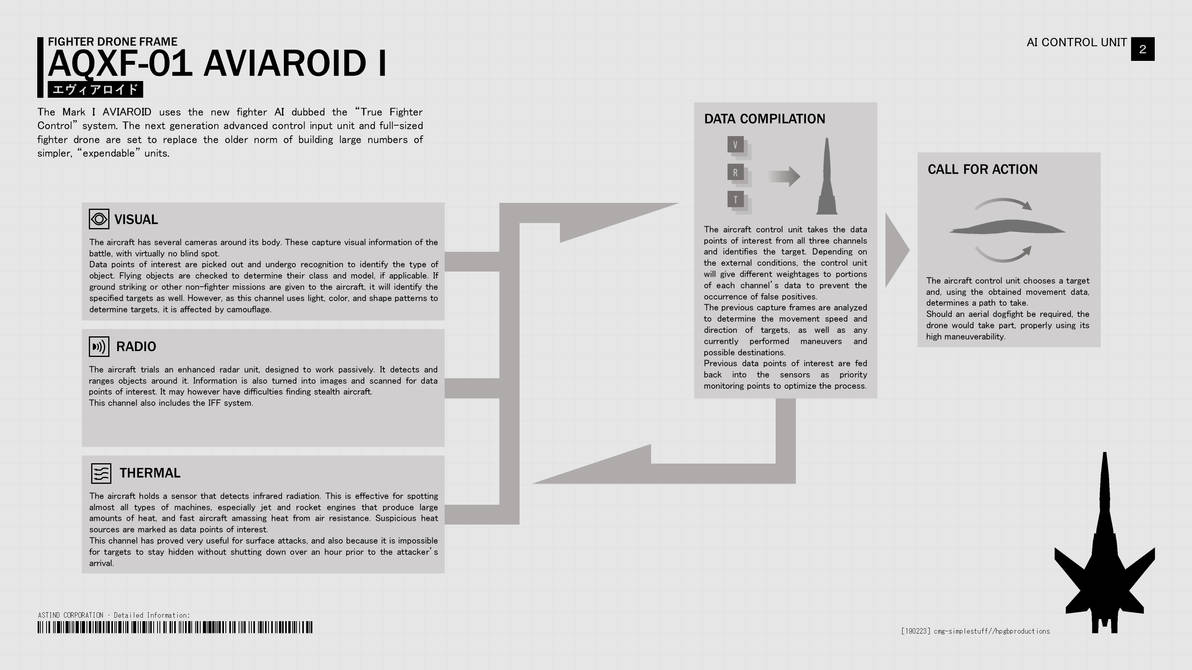
The entire "cockpit" is taken up by control electronics and sensors. The AI uses triple-channel scanning (visual*, radio, thermal) and cross-references data across channels to reproduce the battlefield internally. It is also capable of discerning targets by comparing data points of interest across capture frames against aircraft and flight data. All of this requires a large space to contain computing units, resulting in a very large and heavy Frame.
The AQXF-01 has a set of forward-swept wings and large horizontal stabilizer elevons that allow for maximum agility in the air. This allows the unit to use the AI to its full potential.
ARMAMENT
Each AQXF-01 is armed with a reactor-powered laser capable of burning other aircraft in the air, as well as take down surface targets and airships. ASTIND. CORPORATION has stated that the laser can fire for up to two seconds at full output before having to cool down for four* seconds at normal flight conditions. The unit has no weapon hardpoints.
If the Frame is compromised, a meltdown of the gun's reactor can be performed. The radiation will destroy or corrupt the electronic control system to prevent the leakage of proprietary software.
PRODUCTION
There are two known exhibition units of the AQXF-01, Cattleya (01r1A), and Vanda (01r1B), as well as a third "shell plane" used for ground display. 1A and 1B have been used in airshows in the late 70s to show off pre-programmed, yet adaptable, flight.
The number of private use units is unknown. Despite being publicly marked as an experimental aircraft, ASTIND. CORPORATION had used some units (up to five a time once) for United Nations anti-terrorist operations.
All AQXF-01 units are for ASTIND. self-use only.
Specifications
General Characteristics
- Predecessor !!ss5-pre1
- Successors 6 airplane(s) +91 bonus
- Created On Android
- Wingspan 31.6ft (9.6m)
- Length 57.5ft (17.5m)
- Height 10.5ft (3.2m)
- Empty Weight 1,543lbs (699kg)
- Loaded Weight 13,950lbs (6,327kg)
Performance
- Power/Weight Ratio 1.933
- Wing Loading 15.5lbs/ft2 (75.8kg/m2)
- Wing Area 899.2ft2 (83.5m2)
- Drag Points 7276
Parts
- Number of Parts 236
- Control Surfaces 2
- Performance Cost 865

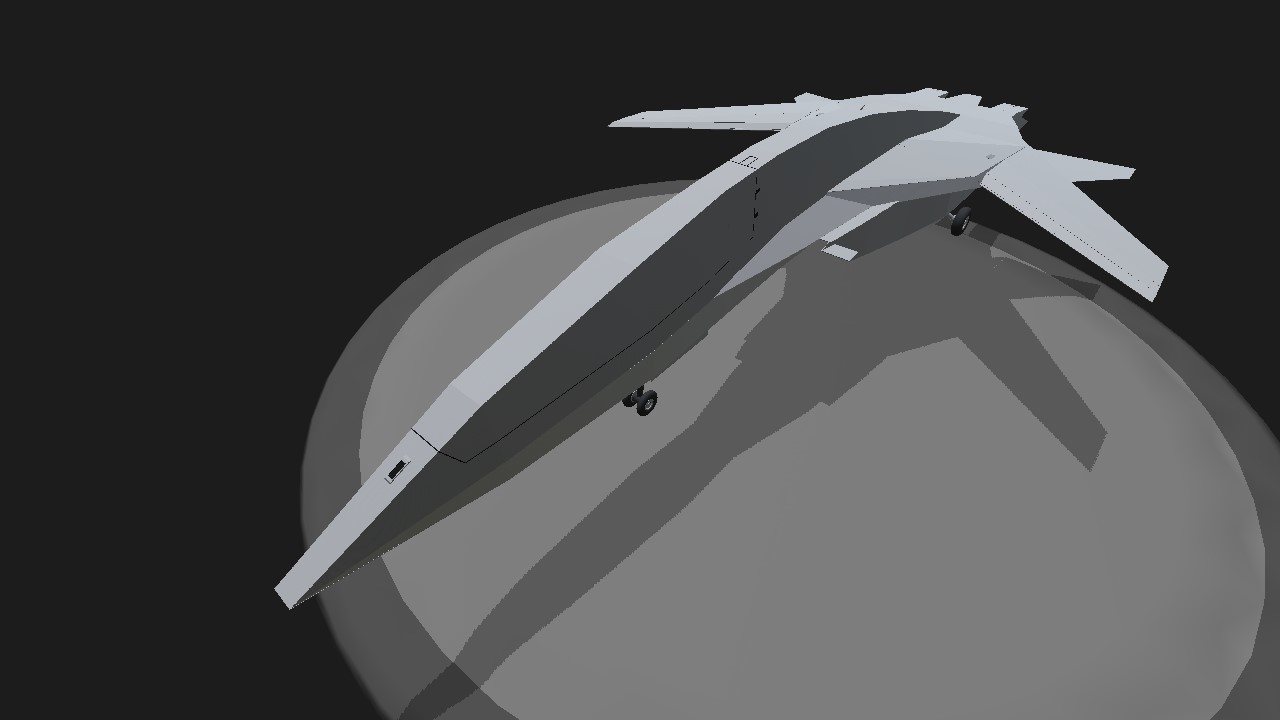

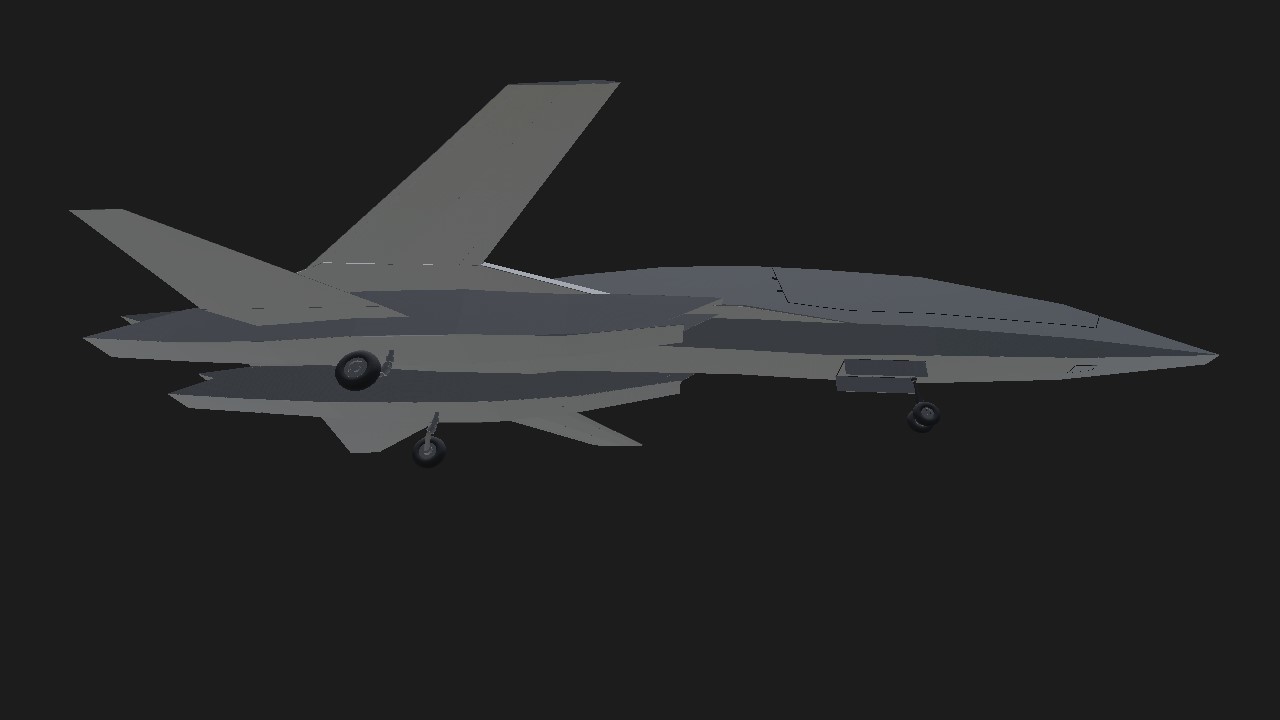
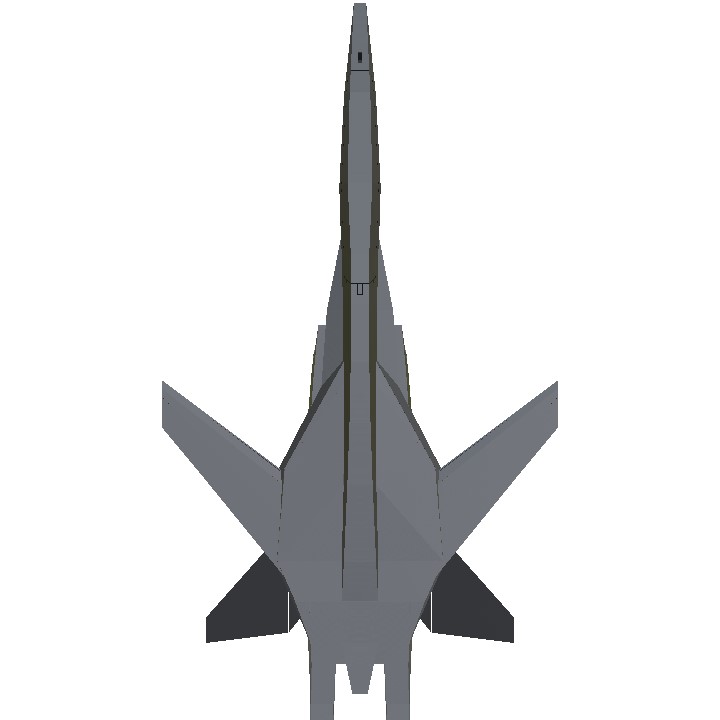
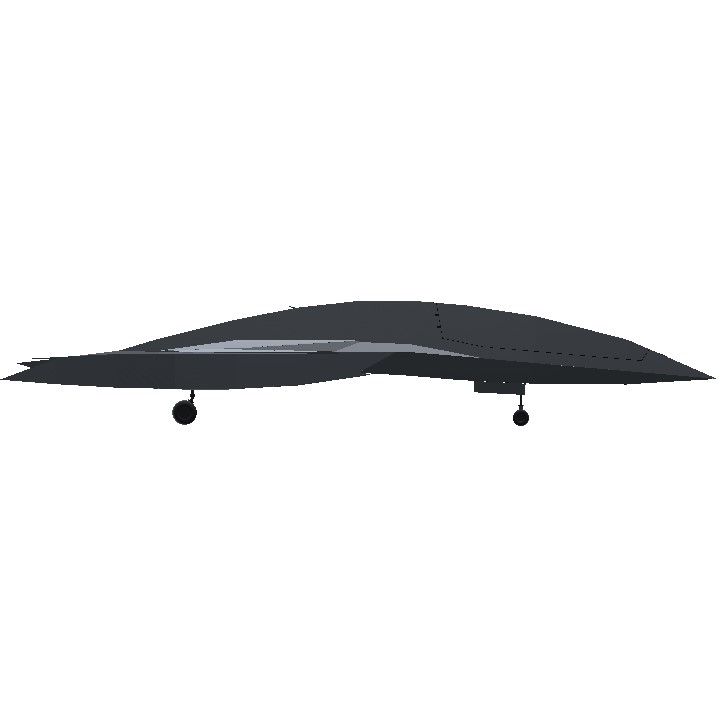
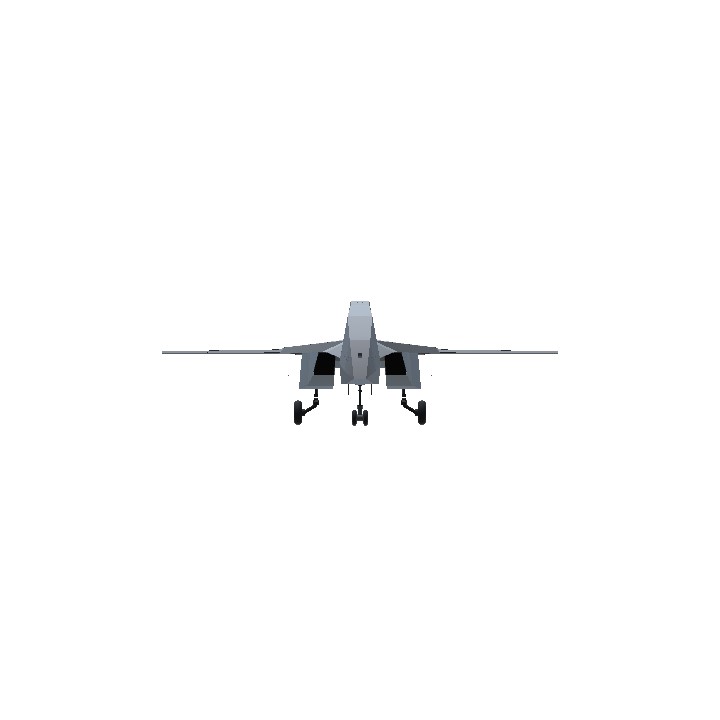
Can I make a successor to this?
this would make a great bomber and recon drone
Honestly resembles the drones from mission 20 on ace combat 7
@ThomasRoderick More or less.
@spefyjerbf Say, from the side?
Excellent work! I do think that the proportions of the nose look awkward at certain angles though.